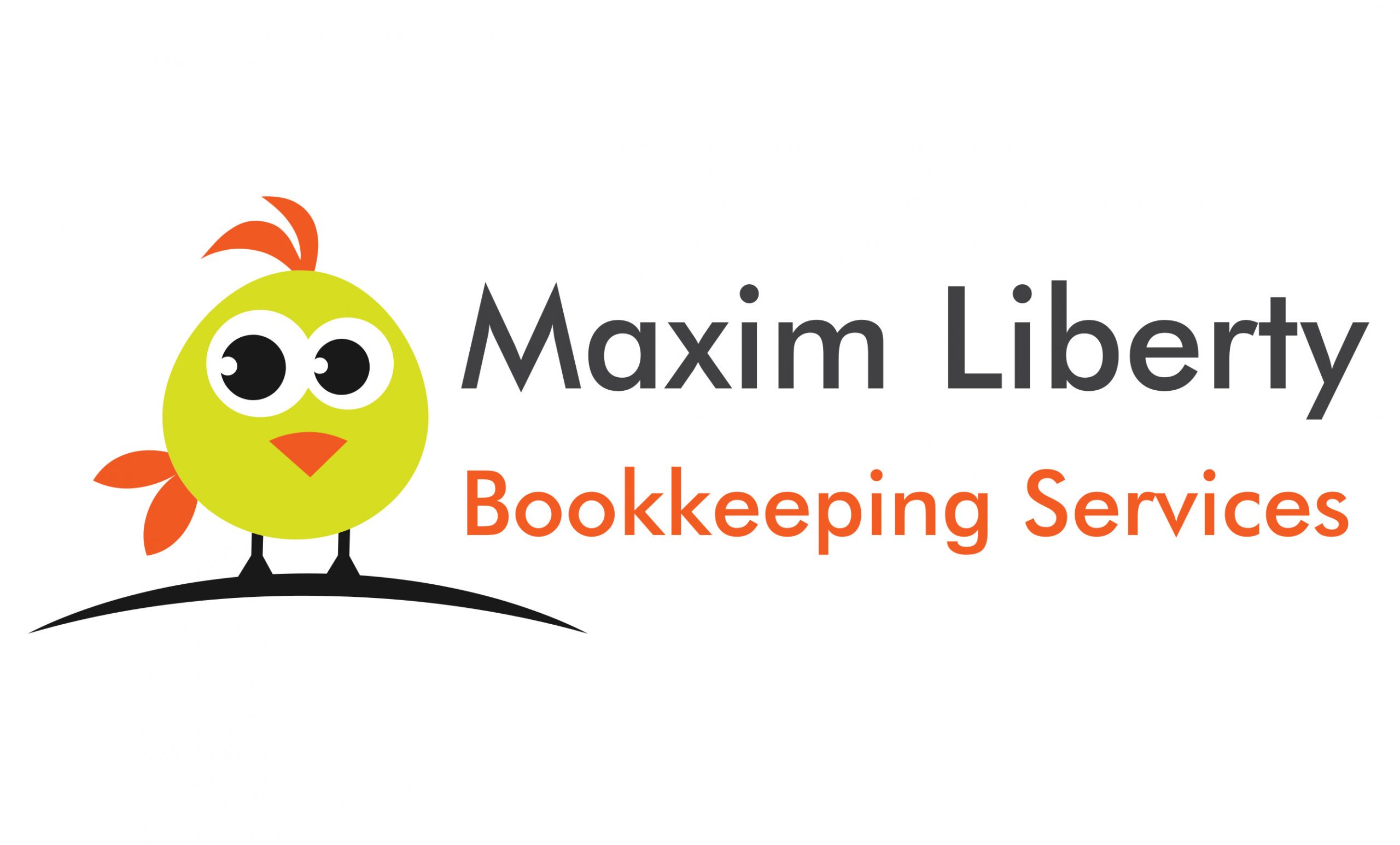What are Bank Reconciliation Services?
Bank reconciliation services are a process by which a business or individual compares their own financial records to the records provided by their bank or other financial institution. The purpose of this process is to ensure that the two sets of records match and that there are no discrepancies or errors.
The bank reconciliation process typically involves comparing the bank statement (which lists all the transactions that have occurred in the account during a given period) to the individual or business’s own accounting records. The goal is to identify any discrepancies or errors, such as missing or duplicated transactions, incorrect amounts, or bank fees that may have been charged.
Bank reconciliation services can be performed manually using spreadsheets or accounting software like QuickBooks, or they can be outsourced to a Professional Bookkeeping Service. Many businesses choose to outsource this process in order to save time and ensure accuracy, particularly if they have a large volume of transactions to reconcile.
Overall, bank reconciliation services are an important part of financial management, as they help ensure the accuracy and integrity of an individual or business’s financial records. By identifying and correcting errors, businesses can avoid costly mistakes and maintain good financial health.
Why is Bank Reconciliation critical for accurate Bookkeeping?
Bank reconciliation is critical for accurate Bookkeeping for several reasons:
- Identifying errors: Bank reconciliation helps identify errors, such as double entries or missing transactions in the accounting records, which can cause discrepancies between the bank statement and the Books. By reconciling bank statements, businesses can catch these errors before they create bigger problems in the future.
- Detecting fraud: Reconciling bank statements can help businesses identify unauthorized transactions or fraudulent activities, such as check forgery or unauthorized wire transfers.
- Accurate financial reporting: Accurate financial reporting is essential for making sound business decisions. Bank reconciliation helps ensure that the financial reports, such as the balance sheet and income statement, accurately reflect the financial position of the business.
- Budgeting and cash flow management: Accurate Bookkeeping enables businesses to effectively manage cash flow and budgeting. By reconciling bank statements, businesses can see the actual cash position and make informed decisions about cash management.
- Compliance requirements: Many businesses are required by law to maintain accurate financial records. Bank reconciliation is a critical part of ensuring compliance with regulatory requirements and avoiding penalties.
Overall, bank reconciliation is critical for accurate Bookkeeping because it helps identify errors, detect fraud, produce accurate financial reports, manage cash flow, and comply with regulatory requirements. By reconciling bank statements regularly, businesses can maintain financial health and make informed decisions about their operations.
Bank reconciliation can be performed for various types of accounts, including traditional bank accounts, credit card accounts, investment accounts, and cryptocurrency accounts. However, the process and considerations for each type of account may differ.
Data entry and catch-up bookkeeping services are essential for businesses to maintain accurate and up-to-date financial records. These services involve the accurate recording and classification of financial transactions, which are necessary for making informed business decisions and ensuring compliance with regulatory requirements.
What is data entry?
Data entry is the process of entering and updating data into a computer system or database. This process typically involves manually inputting data from various sources, such as paper documents or electronic files, into a computer program or database.
Data entry can be time-consuming and tedious, especially when dealing with large volumes of data. However, accurate and timely data entry is crucial for businesses to keep track of their financial transactions and maintain accurate financial records.
What is catch-up bookkeeping?
Catch-up bookkeeping refers to the process of bringing a business’s financial records up to date. This process typically involves reviewing and reconciling bank and credit card statements, categorizing transactions, and making adjustments to account balances.
Catch-up bookkeeping is necessary when a business falls behind on its bookkeeping tasks or when it needs to clean up its financial records. This can happen for various reasons, such as insufficient resources, lack of time, or inadequate bookkeeping practices.
Why are data entry and catch-up bookkeeping services important?
Data entry and catch-up bookkeeping services are essential for businesses for several reasons:
- Accurate financial reporting: Accurate and up-to-date financial records are necessary for making informed business decisions and preparing financial statements.
- Compliance with regulatory requirements: Businesses must maintain accurate financial records to comply with tax and other regulatory requirements.
- Improved cash flow management: Accurate financial records help businesses track their income and expenses, which is essential for effective cash flow management.
- Better decision-making: Accurate financial records provide businesses with the information they need to make informed business decisions.
- Improved efficiency: Outsourcing data entry and catch-up bookkeeping services can free up time and resources for businesses to focus on core activities.
How do data entry and catch-up bookkeeping services work?
Data entry and catch-up bookkeeping services typically involve the following steps:
- Data collection: The service provider collects all relevant financial documents, such as bank and credit card statements, invoices, receipts, and other supporting documents.
- Data entry: The service provider enters the data into a computer program or database, categorizes the transactions, and reconciles the accounts.
- Catch-up bookkeeping: If necessary, the service provider performs catch-up bookkeeping to bring the business’s financial records up to date.
- Review and analysis: The service provider reviews the financial records and provides reports and analysis to help the business make informed decisions.
- Ongoing bookkeeping: The service provider may also provide ongoing bookkeeping services to ensure that the business’s financial records remain accurate and up to date.
Specific Steps for doing Bank Reconciliations
Here are the specific steps for doing bank reconciliations using bookkeeping software such as QuickBooks:
Step 1: Gather the necessary documents
Before starting the bank reconciliation process, gather all the necessary documents, including:
- Bank statements for the period you want to reconcile
- Your business’s check register or general ledger
- Any receipts or invoices related to transactions that are not yet recorded in your bookkeeping software.
Step 2: Enter transactions into QuickBooks
Enter all transactions from the bank statement into QuickBooks. This includes all deposits, checks, and other transactions.
Step 3: Compare QuickBooks to bank statement
Compare the transactions recorded in QuickBooks to the transactions listed on the bank statement. Mark off any transactions that match on both QuickBooks and the bank statement.
Step 4: Identify discrepancies
Identify any transactions that appear on the bank statement but not in QuickBooks, and vice versa. These are discrepancies that need to be investigated.
Step 5: Make necessary adjustments
Make any necessary adjustments to QuickBooks to account for the discrepancies. This may include recording transactions that were missed, reversing transactions that were recorded incorrectly, or making other adjustments.
Step 6: Reconcile the account
Once all discrepancies have been identified and adjusted, reconcile the account. This involves comparing the ending balance in QuickBooks to the ending balance on the bank statement, and ensuring that they match.
Step 7: Record adjustments
If any adjustments were made during the reconciliation process, record them in QuickBooks.
Step 8: Review and finalize
Review the reconciled account to ensure that all transactions have been recorded accurately, and that the account is up to date. Finalize the reconciliation process.
Benefits of bank reconciliation services
Using bank reconciliation services can provide several benefits for businesses, including:
- Accuracy: Bank reconciliation services ensure that your financial records are accurate and up to date.
- Fraud prevention: Reconciling your accounts regularly can help prevent fraud by identifying any unauthorized transactions.
- Time savings: Outsourcing bank reconciliation services can save you time and resources that can be better spent on other business activities.
- Compliance: Regular bank reconciliations ensure that your financial records are compliant with regulatory requirements.
Conclusion
Bank reconciliation is a crucial process for businesses to ensure that their financial records are accurate and up to date. Using bookkeeping software such as QuickBooks can make the process easier and more efficient. Outsourcing bank reconciliation services can provide additional benefits, such as fraud prevention and time savings. If you’re not currently reconciling your accounts, or if you’re looking to improve your current process, consider using bank reconciliation services to help keep your financial records accurate and compliant.

